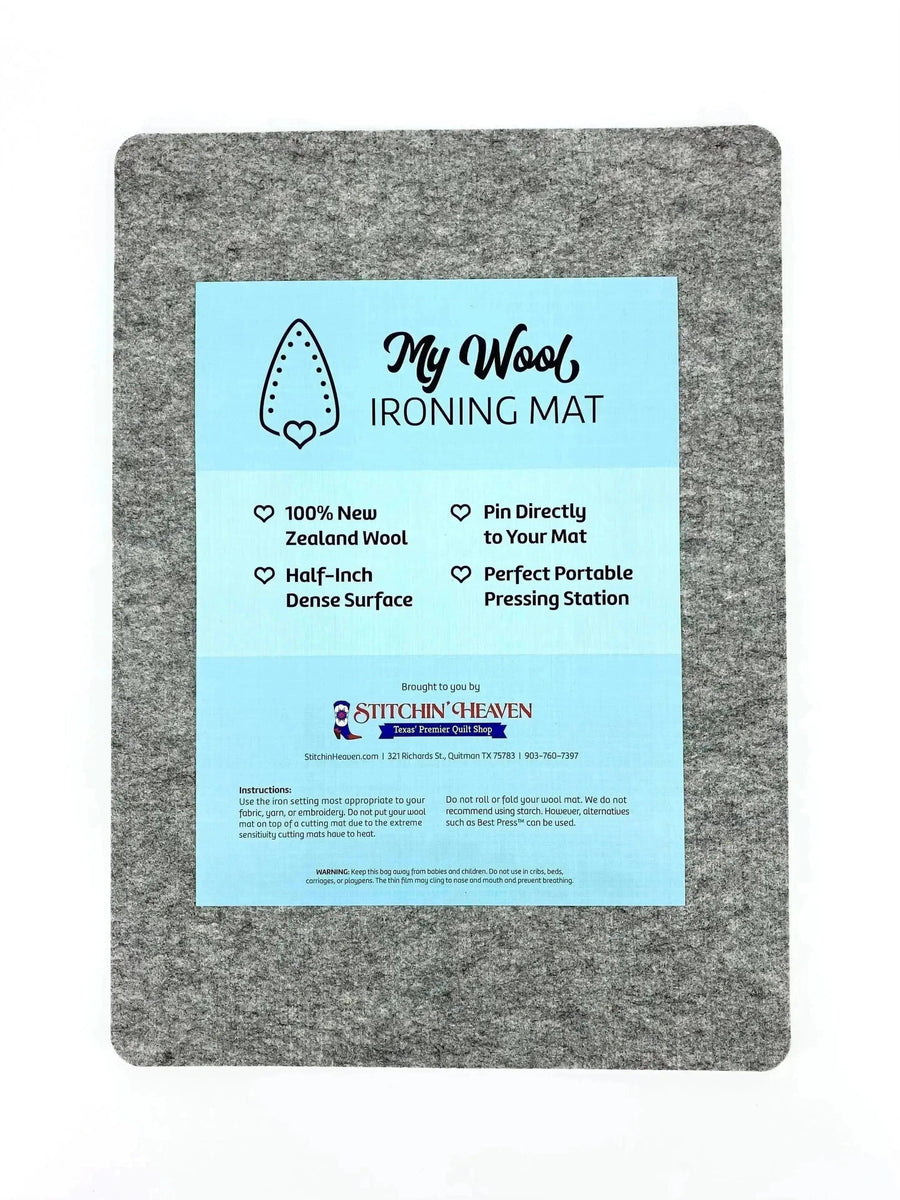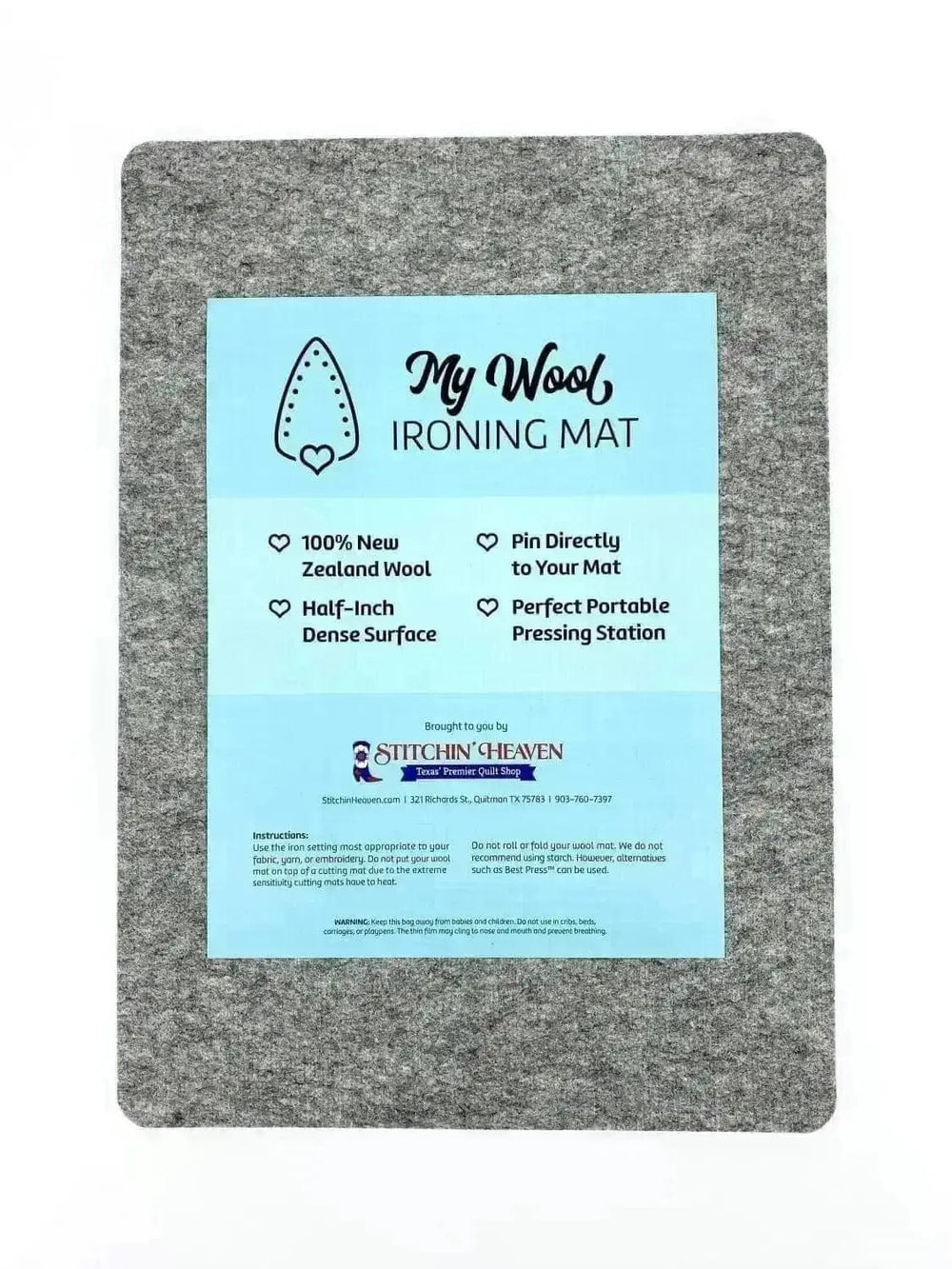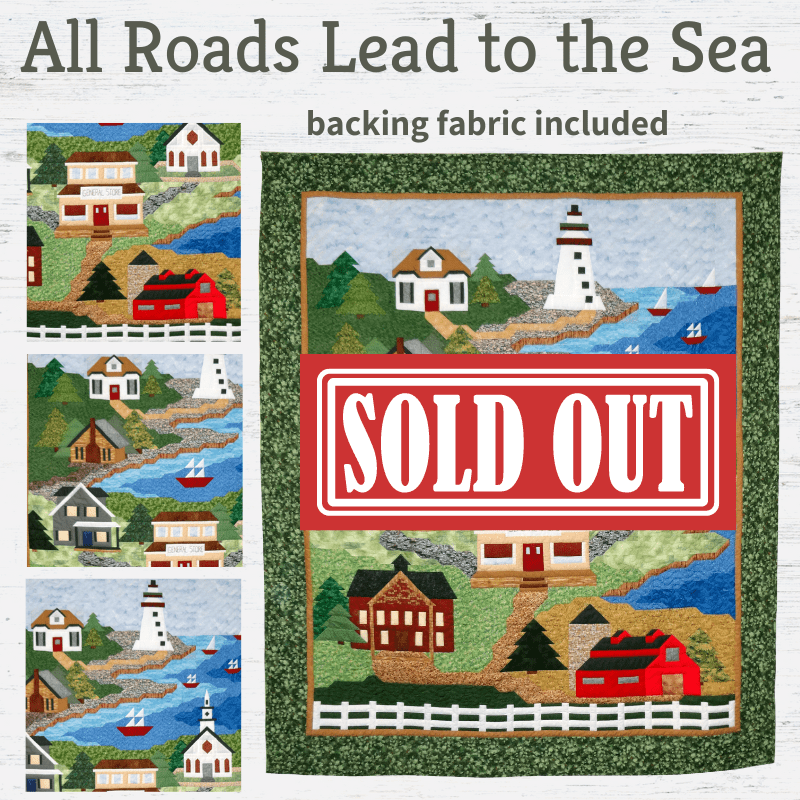The 4 Things that Make a Quilt Modern
What makes a Modern Quilt? Four Characteristics
Modern art gets a bad rap. Everyone loves and respects the Michaelangelos and Rembrandts of the art world, but modern artists get a fair bit of scorn and derision. Viewers can look at the Statue of David, see how realistic it is, and appreciate it because of that realism. Appreciating that style of art is reasonably easy for the layperson.
But modern art is… difficult.
The Modernists, those maligned practitioners responsible for “modern” art, moved away from strict representational art, and the result was the emergence of artists like Jackson Pollock, whose abstract “splatter” paintings even divided art critics.
Modern architecture fares a bit better, but people seem to love it or hate it.
I love it. And I love modern art.
It goes without saying that I love modern quilts, too. And Modern art and Contemporary Quilt Patterns aren’t as different as you may think. The quilts, the architecture and the art all a part of the same movement called “Modernism.”
But that doesn’t mean what a lot of people think. When we say something is “Modern” we don’t mean “new.” Modernism was an artistic movement that began in the 19th century and continued until around the 1970s. During that time, Modernism dominated every single artistic medium, from literature to architecture to advertising.
However, pointing to something and declaring it Modern isn’t so simple. Modernism doesn’t have a defined set of aesthetic principles because, even though it was an artistic movement, it wasn’t an aesthetic one. Modernism was a set of ideas.
There are a lot of principles, but the one unifying one is that Modernists intentionally and purposefully diverged from the "traditions" of their art form. Today, we’ll learn the specific things that make a modern quilt.
(And, yes, there will be some modern art).
A Crash Course in Art History
For the most part, the goal of art from the Renaissance up until the beginnings of Modernism was to make art as realistic as possible. The Statue of David is much revered because of its verisimilitude to a living human, down even to the veins in the hands. Artists who could create the most realistic works of art were “the best.”
That changed in the middle of the 19th century. Artists like Van Gogh and Monet began to experiment. Instead of focusing on presenting their subject realistically, they began to paint based on their “impression” of the subject. They also sought to capture the movement of light in their painting. The most popular painting that does this is Van Gogh's Starry Night, which depicts the shifting light from stars. These artists became known as the Impressionists, and they were one the Modernists' biggest influences.
The Impressionists also experimented with form, which the Modernists would also continue. Ideally, the Mdernists wanted to create beauty and meaning from line, shape and color without relying on the intrinsic beauty of the natural world.
Depending on the artform, this looked different but was always a part of Modernist work. Modern architecture, for instance, used new building materials like plate glass and reinforced cement, removed almost all ornamentation and focused on clean, rectangular shapes.
Modern quilts take a bit from all of the Modernist art forms that preceded it.
Characteristics of a Modern Quilt
Like all modern art, modern quilts diverge from the traditional. Also like modern art, this makes defining what makes a modern quilt relatively difficult. There are some similarities between them, though. Here are some of the most prominent characteristics of modern quilts:
Non-Traditional Patterns
Modern quilts frequently employ patterns that we don’t normally see. The quilt can be pieced entirely from asymmetrical shapes, for example. Sometimes, they use traditional patterns in unexpected ways. Either way, the designs are normally striking.
Below, you can see two great examples of modern quilt patterns. Notice how neither one uses traditional strips. They’re different sizes and most aren’t even cut straight! However, because of a combination of repetition, color and composition they both work.
Another great example is Fractured Flowers. These designs are incredibly common in Modern quilts: a simple pattern and a simple variation in fabric create an overall design that looks absolutely stunning.
Asymmetry
Modern artists like Wassily Kandinsky experimented with asymmetrical abstract compositions. Modern quilters continue that tradition. The key to asymmetrical compositions is to maintain balance in other ways. There are a lot of ways to do this. It requires attention to size, color and placement. It’s very easy to make something “too asymmetrical.”
It may be helpful to review golden rations and the golden rectangle to get a good idea of how to make appropriate use of asymmetrical compositions so that they look “right.”
One great example is Heritage Square. Though this pattern is overall symmetrical, the white blocks near the edge of the pattern create asymmetry. Notice how each asymmetrical part of the border is mirrored on the other side. This is one way to create balance.
A more dramatic example is Woven Jewelbox. The fabrics create an asymmetrical vertical pattern that is otherwise balanced by the rest of the quilt. The key here is placement, size and repetition. Notice how the gray sawtooth pattern both emphasizes the colorful diamond pattern while also balancing it with the rest of the space.
Negative Space
In a composition, negative space is the “empty space” around the subject, and sometimes negative space is just that: empty. Other times, artists (and quilters!) shape the negative space into a pattern.
A lot of quilts use negative space. It’s a common technique and using it gives a quilt the appearance of a background, which can unify a pattern. Modern quilts, however, do a few things that make their negative space more prominent.
Firstly, modern quilts use a generous amount of white fabric in their designs. White is the ultimate “negative space” color, because we’ve been conditioned to interpret white as empty. White also provides great contrast when paired with bright colors.
Secondly, modern quilts tend to have generous borders that are also often white. This brings out the negative space and makes it seem like a background rather than an extension of the pattern. Some designs even emphasize the white so that it appears as the foreground.
Cut Loose Press’s Bumpy Chevron Pattern is a really great example of a modern quilt that uses negative space to emphasize a pattern. In this example, the negative space (white) actually comes to the foreground because the white border dominates the color sections.
Metro Lattice is one of my favorite examples of a modern quilt that uses negative space. It’s a simple double wedding ring pattern, but since the rings are white they appear “empty.” So cool!
Color
Modern quilts do run the gamut of colors, but a few tendencies do crop up frequently.
Colors are generally bright and vibrant. Because the borders and “background” of a lot of modern quilts are white, or some other bright, neutral color, it takes a really vibrant color to stand out. Using such vibrant colors balances the neutral background and the pattern.
Color palettes for modern quilts also tend to emphasize multiple shades of a single color. This results in a more nuanced pattern across the quilt top. Frequently, the shades also contribute to the sometimes dizzying effect geometrically patterned modern quilts have. This does include white, also. A lot of modern quilts use a grayscale to help balance the design without distracting from the colors.
The number of colors used in a modern quilt varies pretty dramatically. Quilts that use only neutral and one pair of complementary colors are common, but so are quilts that use the full spectrum of colors in them!
Modern quilts also use a generous amount of white. This most likely has its root in modern architecture, which features wide open spaces and large windows with much the same effect: a bright, wide open space that emphasizes whatever is placed in it. The result is that modern buildings and modern quilting designs look vibrant, clean and dramatic.
Of course, traditional quilts will also use these same elements. It’s not easy to define “modern,” but we know it when we see it. Hopefully these characteristics can help if you’re learning how to design a modern quilt. But remember: Modern is a philosophy, not an aesthetic. Break free from tradition and express yourself!
Happy Stitchin’!























